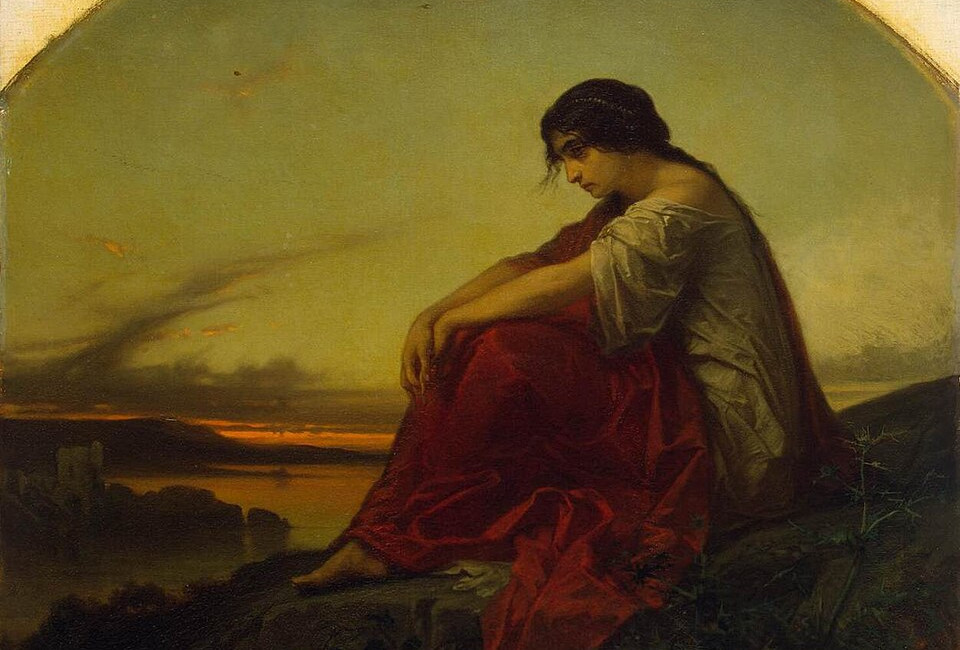In Strictly Speaking (1974), Edwin Newman points out that the names of American college presidents are strangely interchangeable: Columbia’s Nicholas Murray Butler would have projected the same impressive dignity if he’d been Nicholas Butler Murray or Butler Nicholas Murray. Kingman Brewster, president of Yale, might as well have been Brewster Kingman. Newman gives five pages of examples, drawn from the 1973 Yearbook of Higher Education:
Brage Golding, California State University
Harris L. Wofford, Jr., Bryn Mawr College
Thurston E. Manning, University of Bridgeport
Gibb Madsen, Hartnell College
Rexer Berndt, Fort Lewis College
Dumont Kenny, Temple Buell College
Woodfin P. Patterson, Jefferson Davis State Junior College
Imon E. Bruce, Southern State College
Cleveland Dennard, Washington Technical Institute
Culbreth Y. Melton, Emmanuel College
Pope A. Duncan, Georgia Southern College
Hudson T. Armerding, Wheaton College
Landrum R. Bolling, Earlham College
Mahlon A. Miller, Union College
Dero G. Downing, Western Kentucky University
Wheeler G. Merriam, Franklin Pierce College
Placidus H. Riley, St. Anselm’s College
Ferrel Heady, University of New Mexico
Lane D. Kilburn, King’s College
Hilton M. Briggs, South Dakota State University
Granville M. Sawyer, Texas Southern University
“Note also that the names are interchangeable up, down, diagonally, taking every other name, every third, fourth, fifth, and so on, at random, and — for parlor game purposes — any other way you can think of. In mixed clusters of three, especially when read or sung aloud, they are often enchanting.”



